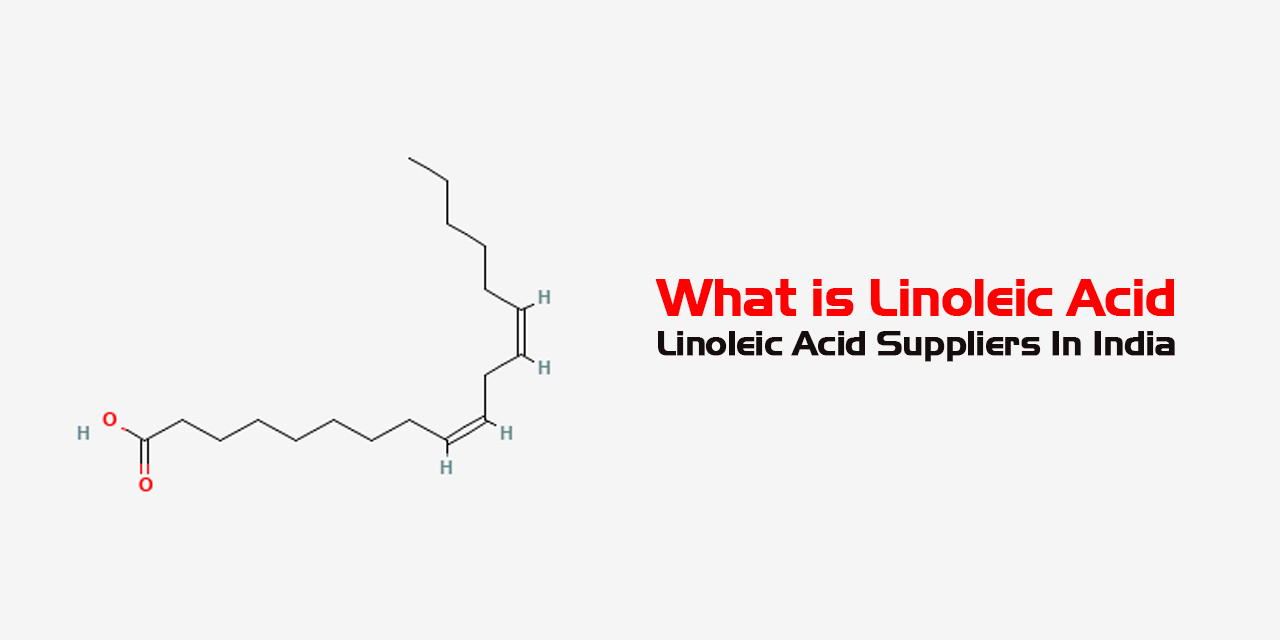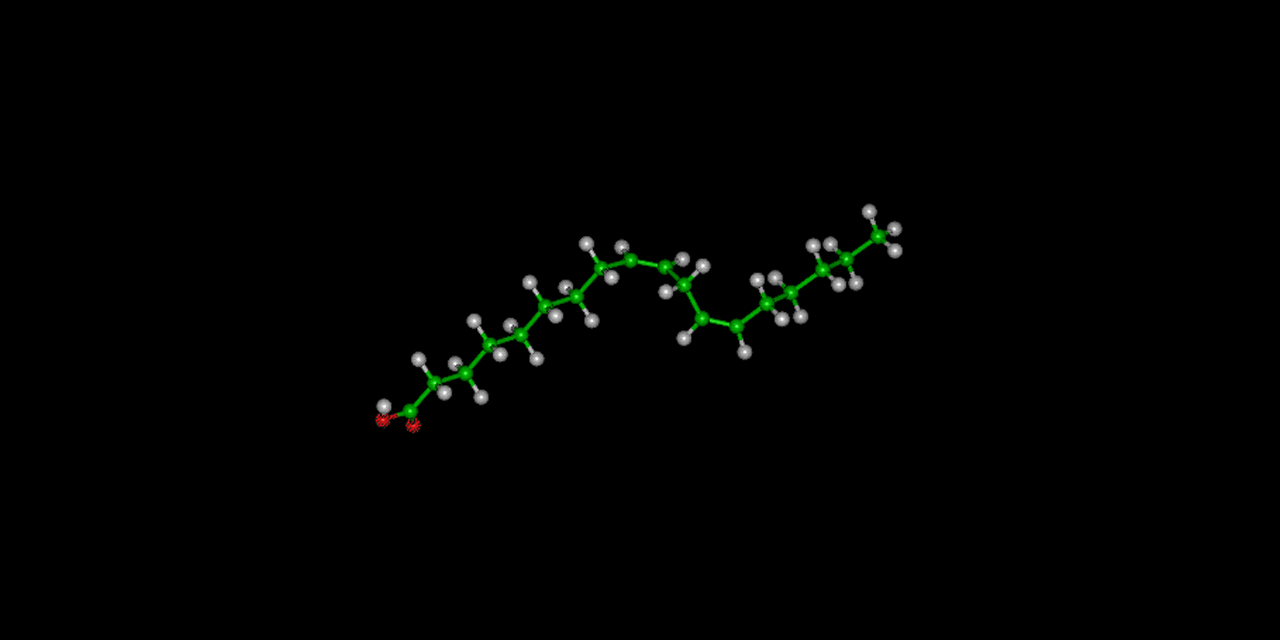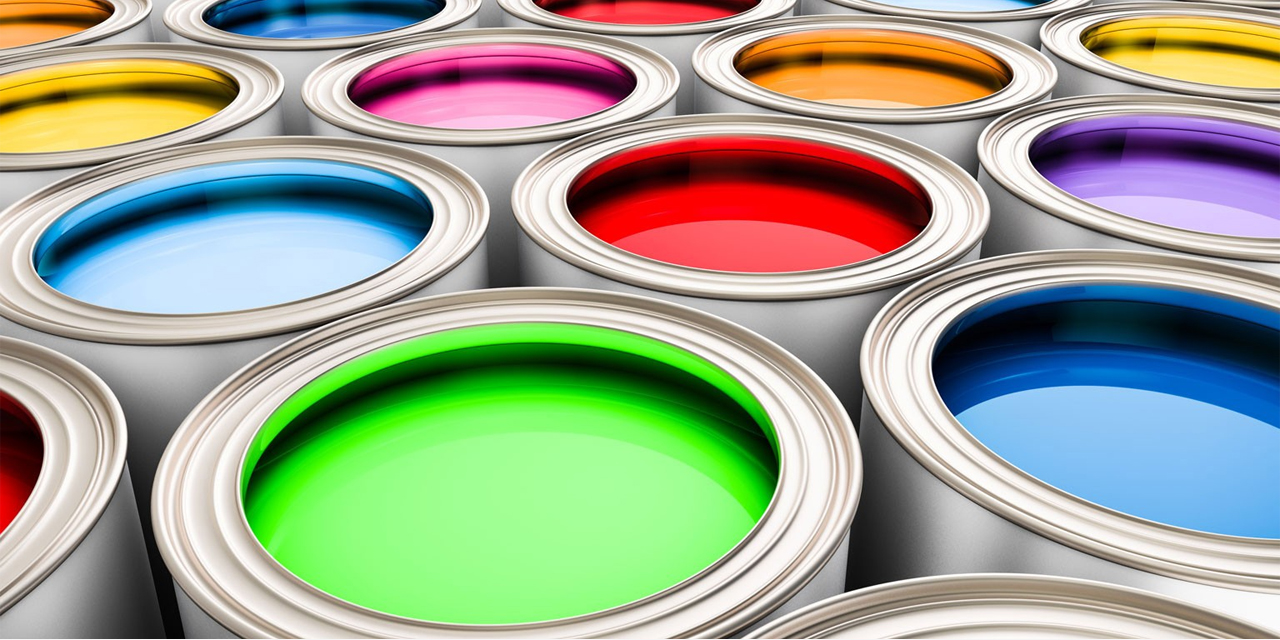What is Linoleic Acid: All You Need To Know

Linoleic acid is one of the most versatile formulations of acids, utilized in various industrial applications that range from cleaning products, paints and coatings, chemical goods, pharma products, and many others.
Since linoleic acid is highly in demand as a nutritional and industrial component, Linoleic Acid Suppliers In India distribute it on a large scale.
This acid is naturally present in some vegetable oils like pumpkin, sunflower, cotton, and corn. In this blog, we shall discuss what is Linoleic Acid, the properties of linoleic acid, and its applications.
What is Linoleic Acid?
It is a polyunsaturated and omega-6 type fatty acid. The acid is either a white liquid or colourless usually, which is highly insoluble in water but soluble in several organic solvents.
It generally occurs in nature in the form of triglyceride, which is the ester of glycerin, instead of being free fatty acid. It is an essential component also among the consumers to lead a healthy diet due to its high nutritional value.
Due to the great flexibility of this acid, several industries prefer leveraging its potential to use them for production.
This organic compound has a formula of COOH(CH2)7CH=CHCH2CH=CH(CH2)4CH3. Since the two alkene groups are cis.; this is also denoted in terms of 18:2 (n-6) and also 18:2 cis-9,12. The ester or the salt of this acid is known as linoleate.
History of Linoleic Acid
The linoleic acid was extracted in the laboratory of Justus von Liebig in 1844, from linseed oil. F.Saac had successfully found this magical compound, and later K. Peters determined that this acid has two double bonds, in 1886.
In 1930, G.O. Burr discovered the significant role of Linoleic acid in the human diet. T.P. Hilditch had given shape to the chemical structure of this acid in 1939. Finally, R. A. Raphael and F. Sondheimer synthesized it in 1950.
It is expected that the global Linoleic acid market value will cross 3.5 billion USD in 2024. In adherence to the packaging and ideal shelf life as industry demands, this acid is specifically used in organic skincare, coatings, paints, etc.
Also Read: Properties And Uses Of Xanthan gum
Properties of Linoleic Acid
The high-grade linoleic acid has perfect purity and derives completely from the source of whole oil fatty acid. This is a pale, oily fluid with less odour, and is completely resistant to discolouration while exposed to both heat and light.
- Linoleic acid holds purity that exceeds 98 %.
- It exists in the form of liquid.
- The melting point of this acid is -5 degrees Celsius.
- It has a Boiling Point of 230 Degree Celsius.
- It has a Formula of C18H32O2.
- The Molar Mass of linoleic acid is 280.4472 g/mol.
- It has a Molecular Weight that calculates to 280.4.
- The Hydrogen Bond Donor Count of the acid is 1.
- The Hydrogen Bond Acceptor Count of the acid is 2.
- It has a Rotatable Bond Count of 14.
- The Exact Mass is 280.24023025.
- The Monoisotopic Mass counts to 280.24023025.
Also Read: Niacinamide Uses: The Complete Beginner’s Guide
Why industries choose Linoleic Acid
Industries that engage in the production of sealants, printing inks, hot melt and solvent-borne adhesives, and various graphic arts use linoleic acid as their core ingredient.
The widespread adoption of linoleic acid in paints and coatings has increased its significant growth in the market.
Its quick drying property makes it the best-suited chemical for applications of adhesives and sealants. Additionally, it can find applications in colour-retentive paints which you use in marine and automotive designs as a part of eco-friendly practices.
The health properties of linoleic acid are another advantage that has helped the health industry to make use of it. This polyunsaturated fatty acid contributes to cognitive control of hair and skin.
The naturally produced linoleic acid is consumed along with various food ingredients and used in dietary applications. This acid also beholds anti-carcinogenic properties, which means the characteristics that prevent the development or effects of cancer.
Though its role has been spread across industries, the Government has formulated strict regulations to encourage its limited and safe use.
Also Read: Important Properties and Uses of Urea Formaldehyde Resin
Preparation of Linoleic Acid
We have already found answers to What is Linoleic Acid and its distinctive properties. Being a colourless liquid highly found in natural plant oils, it is utilized in the biosynthesis process of cell membranes and prostaglandins.
Since it acts as an octadecadienoic acid, it has two double bonds held at positions 9,12, with Z (cis.) in the stereochemistry.
The compound behaves as an algal metabolite and plant metabolite, and also a conjugate acid of the salt linoleate.
You can prepare linoleic acid from edible oils and fats through different methods like saponification, hydrolysis, Twitchell method, splitting of high-pressure counter current, low-pressure splitting using a catalyst, and autoclave splitting with medium pressure using a catalyst.
The other laboratory methods like fluorescence detection and ultraviolet detection can also give rise to the production of Linoleic acid.
Also Read: How to Select the Ideal Chemical Supplier in India
Why has Linoleic acid won the market?
Depending upon the market grades for linoleic acid, it has been classified into both industrial grade and food grade.
Based on the industry applications and the end uses the acid caters to, it is again segmented into construction, food, personal care, paints and coatings, sealants, adhesives, etc.
The acid has become highly popular in the cosmetics industries due to the plethora of benefits they contribute to the skin like acne reduction, anti-inflammatory properties, skin lightening, moisture retention, etc when applied to the skin.
An example is the noni seed oil, which is surplus with linoleic acid, therefore many beauty products also contain noni seed oil in abundance.
This is because it can minimize the risks of cardiovascular problems, enhance brain function, improve skin and hair health, trigger immune function, and help to strengthen the bones.
It is also seen in the production of soaps, quick-drying oils and emulsifiers. When you reduce linoleic acid, it results in linoleyl alcohol.
Since linoleic acid conjugation makes wonderful products, the industries use them largely for producing safe and effective products.
The main uses of linoleic acid include the benefits in the manufacturing of epoxy esters and alkyd resins, soft soaps, moisturizer pigments, and also hard-printing ink binders.
Also Read: Chemicals Used in Daily Life
Core Applications of Linoleic Acid
Linoleic acid finds its capabilities to leverage the following industrial uses:
Used in Cosmetics:
- It secures the skin from water loss and therefore is used highly in moisturizers.
- It has great anti-inflammatory properties, so great for acne reduction.
Used in various Industries:
- The paint industry uses it to manufacture quick-drying oils that we see in varnishes and oil paints.
- Used to make emulsifiers, soaps, and surfactants.
- Used to make Arachidonic acid that possesses numerous health benefits like neuron repairs.
Used in Pharmaceuticals and pharma products:
- This fatty acid is an ideal dietary supplement.
Also Read: Polyester Resin vs Epoxy Resin: All You Need To Know
Role of Linoleic Acid in the paints and coatings industry
The linoleic acid has a smaller percentage of resin acids and is unsaponifiable. The acid design finds uses in the protective coatings segment to produce colour retentive, pale, quick-drying alkyds and the coatings of epoxy resins.
Other applications of linoleic acid include caulking, printing ink vehicles, sealant compositions, etc. The paints are usually used on marine and automated designs that offer coat resistance to continuous environmental action.
These industries use linoleic acid in even other similar uses like:
- Adhesives and sealants-(B&C)
- Paints and resin coatings
- Industry-grade printing inks
- Polymer modification
The Linoleic acid market value is expected to reach 1.1 billion USD by 2024. It dries fast, brightens the texture, and provides colour retention which is the best property to use in equipment painting.
Care guide
Prolonged exposure to Linoleic acid can irritate your sensitive parts like skin, eyes, and mucous membranes, vomiting, and even nausea.
This compound acts as a mild irritant and does not cause high irritation under exposure. If you accidentally spill the chemical, you can pick the spilt material using absorbent paper.
Also, remember to seal the contaminated clothing and the absorbent paper in a vapour-tight bag for careful disposal. You should wash every contaminated surface— use alcohol, and wash with strong soap in an aqueous solution.
You should safeguard the chemical against exposure to light. Also, keep this container closed in an inert environment and store it at a refrigerated temperature.
Also Read: What Is Epoxy Resin? Best 5 Epoxy Resin Uses
Wrap Up
Linoleic acid has come a long way and has become the favourite chemical in the manufacturing of various products across industries. Due to the different applications the acid serves to the industries, the best Linoleic Acid Suppliers In Delhi should be able to consider the industrial requirements and offer the right grade of the compound.
Looking for the top chemical supplier in India that can quench your needs for high-quality chemicals or raw materials in time? Shake hands with Bansal Trading Company, the pioneered chemical distributor in Delhi, that engages in delivering industry-grade chemicals tailored to suit your industry needs. To know more and get all your chemical/raw material requirements met, visit us here.
BTC_WEB_ADMIN










